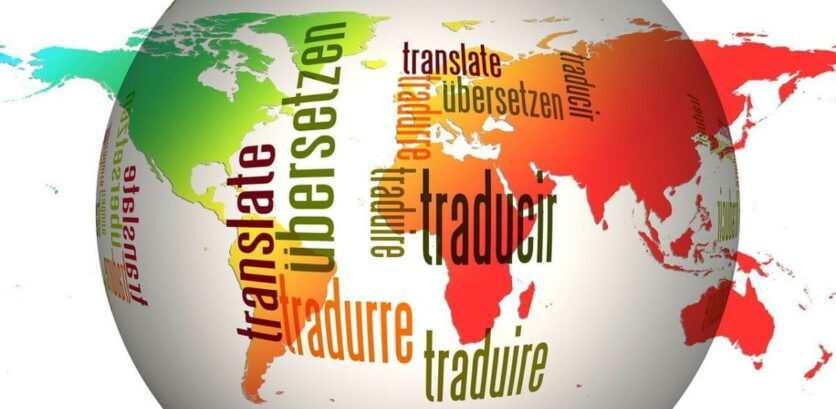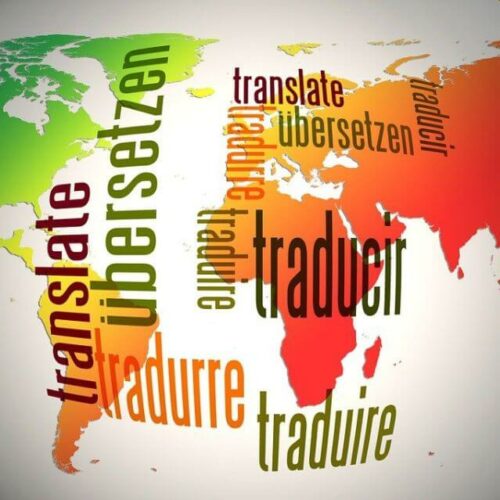When customers do not understand, they do not buy. As an online retailer you should use a country’s language to optimise sales.
Andrea is a freelance translator and copywriter based in Fulda.
A global consumer survey revealed that 76 per cent of online shoppers prefer to shop for products on websites in their native language. So, if you are looking to capture new markets beyond your country’s borders, localising your website will be well worth the investment.
Language matters
English was once the lingua franca of the internet. By the mid-nineties, it was estimated that around 80 per cent of global internet content was in English. Today, communicating with 90 per cent of the global audience requires that your business ‘speaks’ at least 14 different languages.
Today, English represents just one of the top languages, with Chinese a close second. Spanish, Arabic and Portuguese make up the rest of the top five languages. So, while your online retail business may be strong within your country’s borders, capturing a global audience requires a different approach.
Speaking your customers’ language
Put simply, when customers do not understand, they do not buy. If a customer must slow down to browse your website, or if your content confuses them, you risk losing them to competitors who offer content in their language.
Targeting customers in a new country requires one simple step: localise your website. Assuming that customers speak your language is a mistake. In fact, 42 per cent of online users in Europe say that they never shop in another language other than their own.
Just look at Dutch shoppers. English proficiency in The Netherlands is very high but evidence shows that The Netherland’s top performing e-commerce sites are in Dutch and adapted to local cultural preferences.
And let’s not forget the online retail markets outside of Europe. China and Brazil are two of the fastest-growing markets, with e-commerce now attracting a much broader demographic. Many of these new online shoppers are not proficient in English.
But speaking your customers’ language goes beyond mere understanding. It offers a way to connect with your customers, to communicate your brand’s voice and vision. It is also the simplest way to make your customers feel included.
Language to make your brand inclusive
Inclusion and diversity are hot topics in today’s business world. We strive to create an inclusive culture by moving away from exclusionary language and weeding out gender-biased terms and words such as “blacklisted”.
Businesses develop inclusive language guides and marketing departments are trained in what language to use, and what not to use.
So, with all this attention being paid to inclusive language, why aren’t we more focused on localising website content? The quickest and most effective way to reach a new market is to use your target market’s native language.
In doing so, you can break down language and cultural barriers. This makes customers feel more comfortable, creates a sense of inclusiveness, and gives your brand the opportunity to connect with a whole new audience.
Capturing new markets through localisation
Companies that invest in new languages grow. Communicating in your target market’s native language has gone from an afterthought to one of the basic requirements for delivering your product or service to that market.
Localising your e-commerce website can help you grow your business. But what exactly does this entail? Localisation means considering both the linguistic and cultural characteristics of a particular market. It is about adapting your language, messaging and content to that market.
In short: think global, act local
Expanding consumer buying power and the growth of new markets means that investing in language will pay off for decades to come. A properly localised website speaks to consumers in their own language and as a result, your online retail business will be able to hold its own in a competitive global market.

